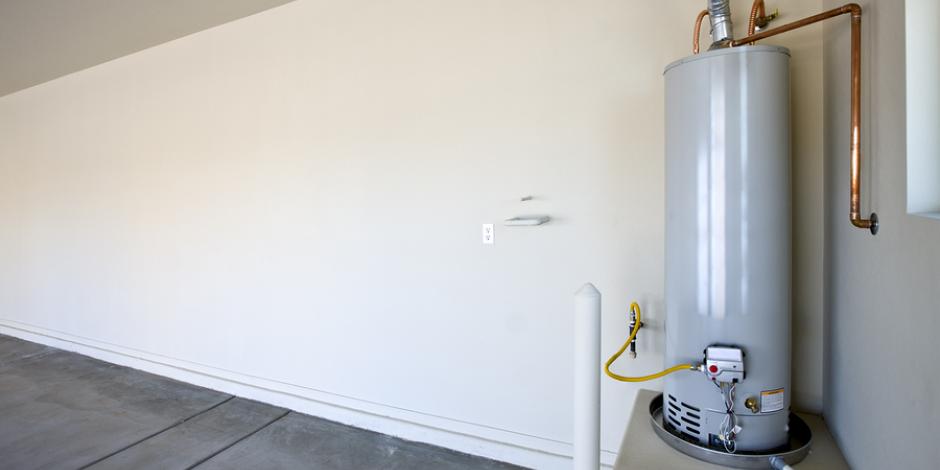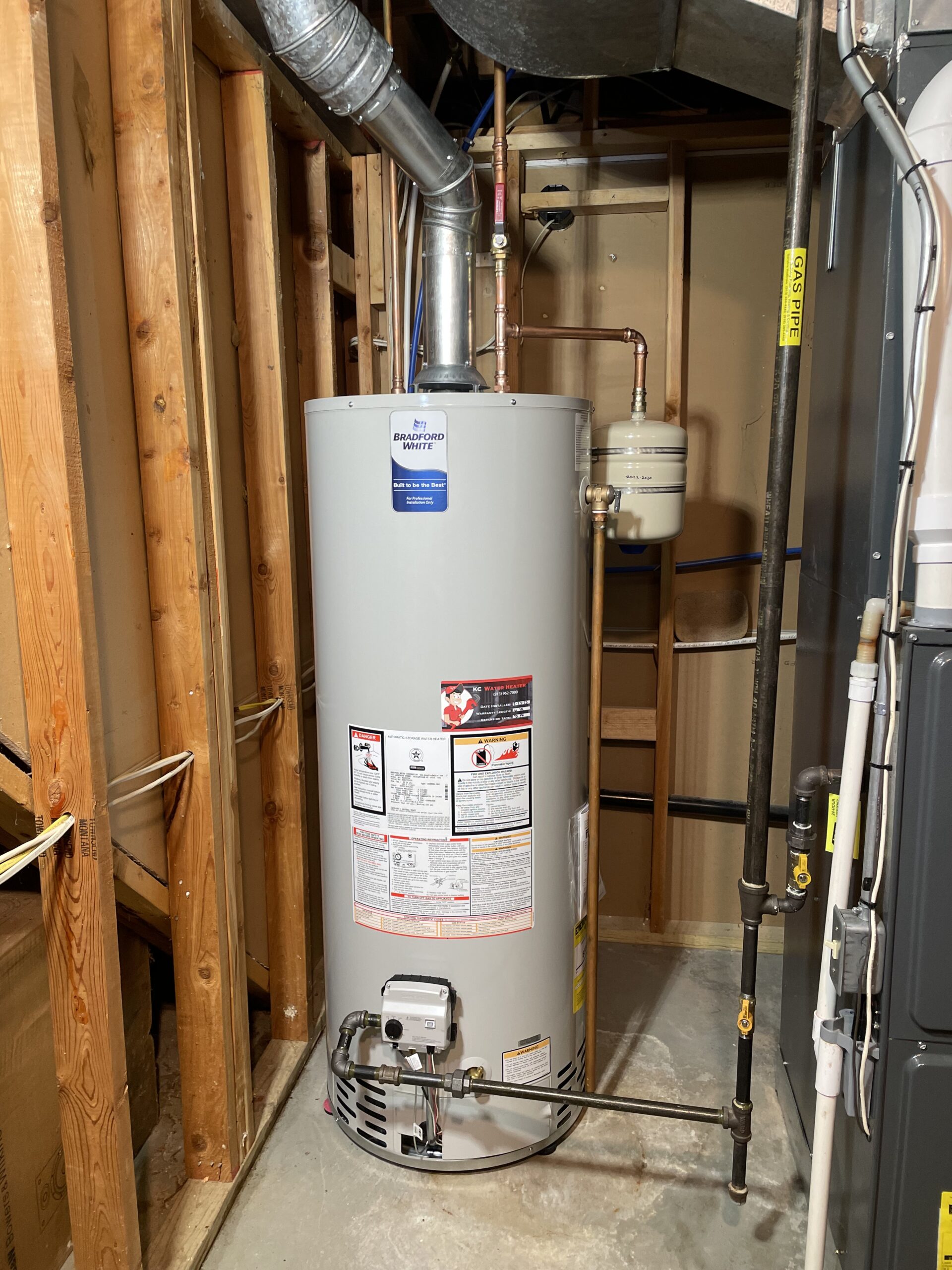How to Care for Your Home's Hot Water System EffectivelyCaring for Your Home's Hot Water System: Key Guidelines
How to Care for Your Home's Hot Water System EffectivelyCaring for Your Home's Hot Water System: Key Guidelines
Blog Article
Are you currently hunting for resources involving Tips on Maintaining a Water Heater?

Hot water is important for day-to-day convenience, whether it's for a refreshing shower or cleaning meals. To ensure your hot water system runs successfully and lasts longer, regular upkeep is essential. This article gives practical pointers and insights on just how to maintain your home's warm water system to prevent disruptions and pricey repair work.
Intro
Preserving your home's warm water system may seem complicated, but with a couple of easy actions, you can ensure it runs smoothly for years to find. This guide covers every little thing from recognizing your warm water system to DIY upkeep suggestions and recognizing when to contact specialist assistance.
Relevance of Preserving Your Warm Water System
Normal maintenance not only prolongs the lifespan of your hot water system yet also guarantees it operates effectively. Disregarding maintenance can cause decreased effectiveness, greater energy expenses, and also premature failure of the system.
Signs Your Warm Water System Demands Maintenance
Recognizing when your warm water system needs interest can prevent major problems. Keep an eye out for signs such as irregular water temperature level, strange noises from the heating system, or rusty water.
Flushing the Water Heater
Purging your water heater eliminates debris buildup, enhancing effectiveness and lengthening its life.
Checking and Replacing Anode Rods
Anode poles protect against corrosion inside the storage tank. Checking and changing them when worn out is essential.
Complex Concerns Requiring Professional Assistance
Instances consist of significant leaks, electrical problems, or if your water heater is constantly underperforming.
Regular Specialist Maintenance Benefits
Expert maintenance can include comprehensive inspections, tune-ups, and ensuring compliance with security requirements.
Checking and Readjusting Temperature Level Setups
Readjusting the temperature level setups ensures optimal efficiency and safety and security.
DIY Tips for Upkeep
You can perform numerous maintenance tasks yourself to maintain your warm water system in leading condition.
Checking for Leaks
On a regular basis evaluate pipes and connections for leaks, as these can result in water damages and higher expenses.
Understanding Your Hot Water System
Before diving right into upkeep jobs, it's helpful to understand the standard parts of your warm water system. Normally, this consists of the water heater itself, pipes, anode rods, and temperature controls.
Month-to-month Upkeep Tasks
Regular monthly checks can assist catch minor issues prior to they rise.
Checking Stress Relief Valves
Testing the stress safety valve guarantees it works correctly and prevents too much stress accumulation.
Insulating Pipelines
Protecting warm water pipes reduces warmth loss and can conserve energy.
When to Call a Professional
While do it yourself upkeep is useful, some issues call for expert competence.
Conclusion
Normal upkeep of your home's hot water system is essential for performance, longevity, and price savings. By adhering to these suggestions and knowing when to look for expert help, you can make certain a dependable supply of warm water without unforeseen disruptions.
How to Maintain an Instant Hot Water Heater
Before tinkering with your hot water heater, make sure that it’s not powered on. You also have to turn off the main circuit breaker and shut off the main gas line to prevent accidents. Also turn off the water valves connected to your unit to prevent water from flowing into and out of the appliance. 2. When you’re done, you have to detach the purge valves’ caps. These look like the letter “T” and are situated on either side of the water valves. Doing so will release any pressure that has accumulated inside the valves while at the same time avoid hot water from shooting out and burning your skin. 3. When the purge valves’ caps are removed, you have to connect your hosing lines to the valves. Your unit should have come with three hoses but if it didn’t, you can purchase these things from any hardware or home repair shops. You can also get them from retail stores that sell water heating systems. Read the user’s manual and follow it to complete this task properly. When the hosing lines are connected, open the purge port’s valves. 4. You should never use harsh chemical cleaners or solutions when cleaning your unit. Make use of white vinegar instead. It should be undiluted and you’ll probably use about 2 gallons. 5. Now flush your water heater. This task should probably take about 40 minutes. We can’t give you specific directions for this because the procedure is carried out depending on the type, model and brand of your heater. With that being said, refer to the user’s manual. 6. When you’re done draining the unit, you have to turn off the purge port valves again. Remove the hosing lines that you earlier installed on each of the water valves. Put the valve caps (purge port) back in their respective places and be very careful so as not to damage the rubber discs that are found inside these caps. 7. Now that everything’s back in place, check your user’s manual again to find out how to reactivate your water heating system. 8. Once it is working, turn one of your hot water faucets on just to let air pass through the heater’s water supply pipes. Leave the tap on until water flows smoothly out of it. https://www.orrplumbing.com/blog/2014/september/how-to-maintain-an-instant-hot-water-heater/

We had been made aware of that article on Tips on Maintaining a Water Heater from an associate on a different domain. Enjoyed our blog? Please share it. Let other people discover it. Kudos for being here. Kindly pay a visit to our site back soon.
Schedule Free Estimate Report this page